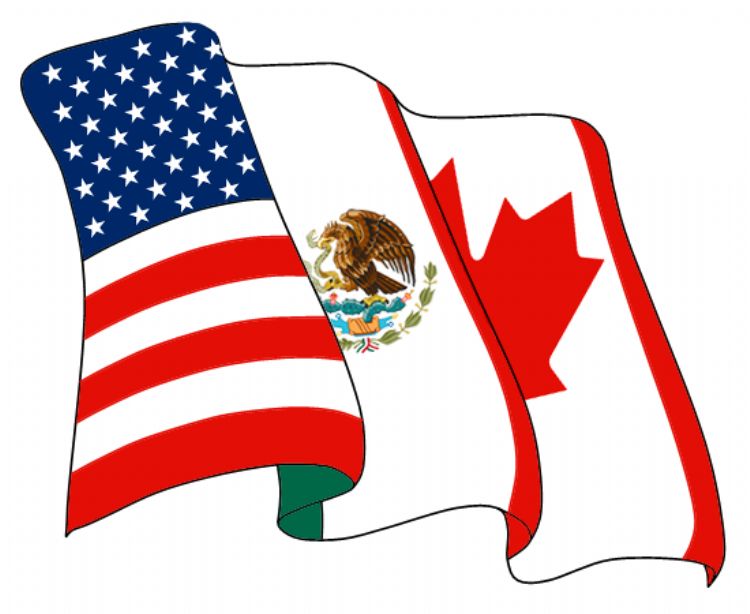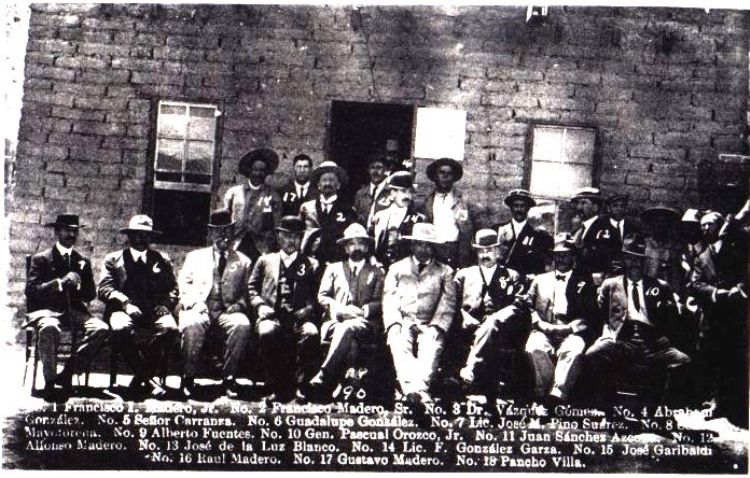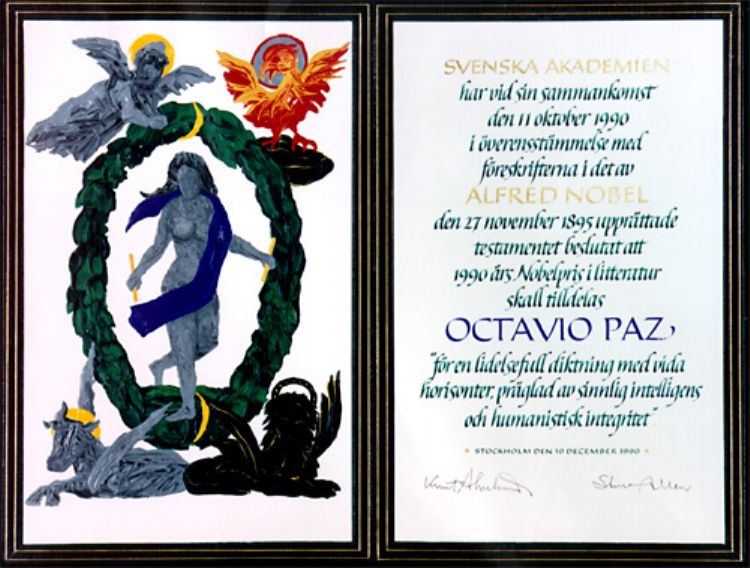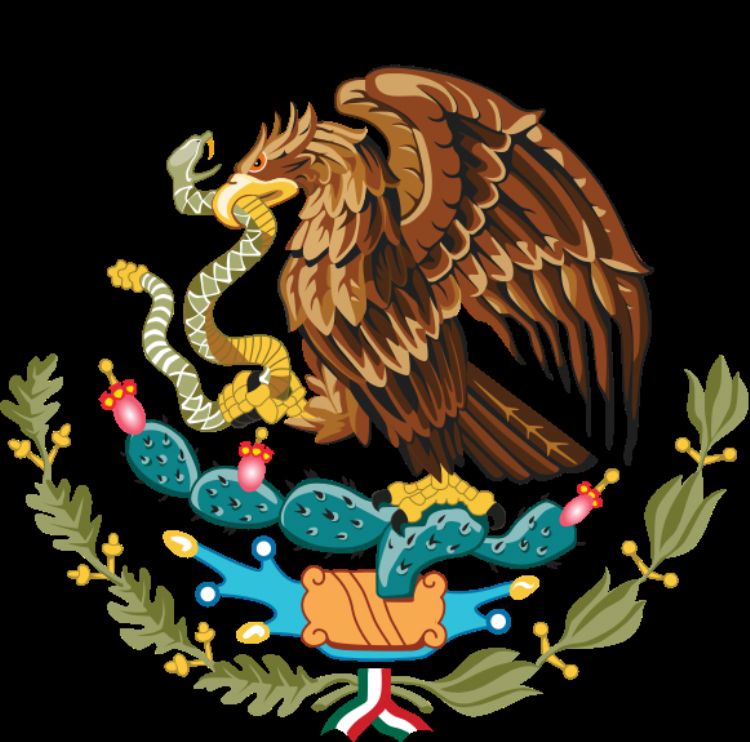Mexicoâs Trade Agreements

Free Trade Agreement Mexico - European Union
In Europe, on the 24 of November 1999, the technical negotiations where formally concluded for the Free Trade Agreement between Mexico and the European Union. The general objective of this treaty is to create a commercial space of multinational integration by establishing a Free Trade Zone. Among its specific objectives are the promotion of exchanging goods and services, attract supplies and technology for Mexican companies, promote direct investments and generate more jobs.
North America Free Trade Agreement of the United Status, Canada and Mexico (NAFTA)
The North American Free Trade Agreement, between the United States, Mexico and Canada was signed on October 7, 1992 and came into effect on the 1st of January, 1994. NAFTA formally establishes a free trade zone among the three countries according to the General Agreement on Tariffs and Trade (GATT), today known as World Trade Organization (WTO). The general goal of this agreement is to form a Free Trade Zone, establishing clear rules and permanent rules for commercial exchange allowing an increase on commercial flow and investments, as well as new employment opportunities and better life quality. Outstanding among its specific goals is to eliminate obstacles to commerce and ease circulation along the border of goods and services, reduce the vulnerability of exports and strengthen the national industry through a solid and competitive exporting industry. Also outstanding is its innovative guidelines regarding intellectual property, promoting the protection of discoveries, inventions, patents and trademarks, as well as the productâs geographic origin.
G3 Free Trade Agreement: México, Colombia and Venezuela.
The Group of Three Trade Agreement (G3), integrated by Mexico, Colombia and Venezuela, was signed on June 1994 and came into effect on the 1st of January, 1995. The negotiationsâ initial goals were to empower the cooperation and integration of the three countries and collaborate with the economic development of Central America and the Caribbean. This treaty establishes norms to guarantee that the protection of health, human, animal and vegetable life, as well as the environment and consumers, are not unnecessary obstacles for trade.
Free Trade Agreement Mexico - Bolivia
The Free Trade Agreement between Mexico and Bolivia came into effect on the 1st of January, 1995. Since then, tariffs were eliminated on 97% of the Mexican industrial products exported to Bolivia, such as tractors, buses, trucks, auto parts, appliances, computer equipment, televisions, photographic products, steel, petrochemicals and synthetic fibers.
Free Trade Agreement México-Costa Rica.
The Free Trade Agreement between México and Costa Rica came into effect on the 1st of January, 1995. It establishes clear norms for promoting the commerce of goods and services; ease the development of investments and attend to relations with a strategic region for Mexico, by taking into consideration each countryâs sensible sectors.
Free Trade Agreement México-Chile
On the 1st of August 1999, the Free Trade Agreement between Chile and Mexico came into effect. This treaty promotes a free trade zone by completely freeing tariffs.
Free Trade Agreement México-Nicaragua
The FTA Nicaragua â Mexico came into effect on June 1, 1998. It is a bilateral agreement between Nicaragua and Mexico that progressively allows buying and selling products at preferential prices, by reducing and eliminating tariffs. Also, it eases the free exchange of services and intellectual property. Its most outstanding goal is to offer clear previews and safety to investors on each side.
Southern Common Market (MERCOSUR)
With the purpose of easing negotiations between Mexico and the member countries of MERCOSUR, on July 2002 there was an Agreement of Economic Complementation 54 establishing the commitment to achieve, through periodic negotiations, a free trade zone between Mexico and MERCOSUR. The agreement keeps the advances achieved in the agreements with Argentina, Brazil, Paraguay and Uruguay, as well as the agreement between Mexico and MERCOSUR for the automotive industry.
Free Trade Agreement México â EFTA
This agreement came into effect on July 1, 2001. It places Mexico as the only Latin American country with free trade access to the countries with the highest per capita income in the world. Among its goals is the diversification of Mexican exports and have a preferential access to Europe, attract supplies and technology for Mexican companies and promote direct foreign investment.
Economic Association Agreement Mexico â Japan
The Economic Associaton Agreement between Mexico and Japan came into effect on the 1st of April, 2005. This agreement was developed by taking into consideration that Japan is a producer and exporter of high technology products and imports 60% of its food supplies. The links regarding the cooperation between Mexico and Japan are focused on science and technology, education, work training and the exchange of experts; as well as strengthening relations regarding issues on tourism, agriculture, fishing and environmental cooperation.
Free Trade Agreement Mexico â Northern Triangle
The Free Trade Agreement Mexico â Northern Triangle was signed on the 29th of June 2000 and came into effect on the 15th of March 2001. The Northern Triangle includes Guatemala, Honduras and El Salvador in function of their economic integration. More than half of all exports from Mexico to the Northern Triangle are free of tariffs since the agreement came into effect.
Artículo Producido por el Equipo Editorial Explorando México.
Copyright Explorando México, Todos los Derechos Reservados.
Foto Portada: Ver Autor y Licencia






